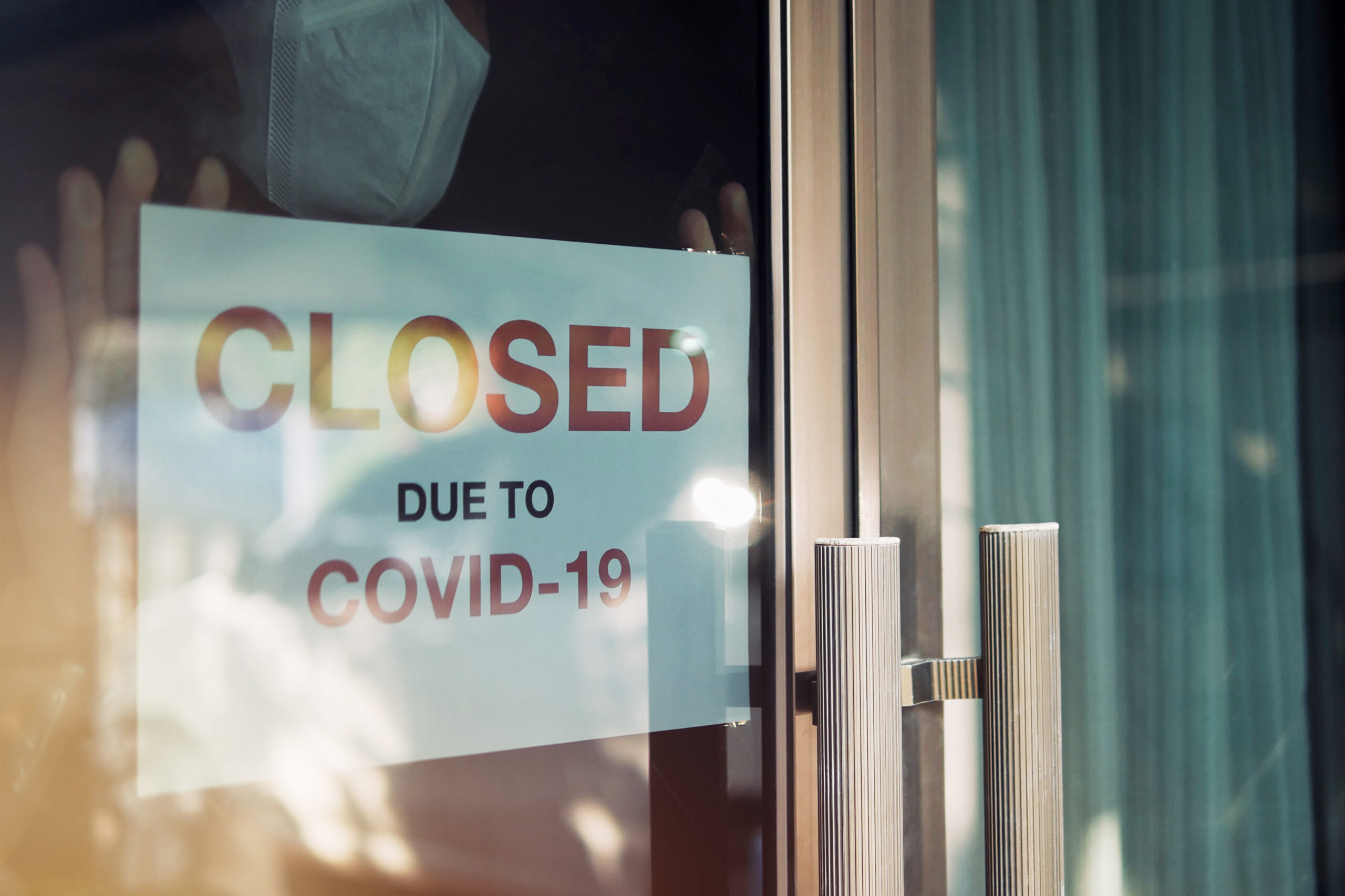COVID-19 and Recovery Response
As the pandemic enters its third year and the nation turns to recovery, the Institute for Women’s Policy Research is committed to amplifying and addressing the challenges women face. IWPR’s new research provides insights and recommendations for policymakers to help meet the urgent and long-term needs of women, their families, and their communities.
Economy Adds More Jobs for Women Than Men, But Women Still 8 Million Jobs-on-Payroll Below February and Majority of All Who Lost Jobs
The economy added 4.8 million to non-farm payroll employment, according to the latest U.S. Bureau Employment Situation Release. Yet, while women gained the majority of new job, they continue to lag further behind men in terms of getting back to pre-COVID 19 employment levels.
Holding Up Half the Sky: Mothers as Workers, Primary Caregivers, & Breadwinners During COVID-19
In the United States, women now make up more than 50 percent of the workforce, reflecting growth in health care, education, and service sectors over the last decade. The decline of the wages and real earnings of all workers over time coupled with the rise in cost of living expenses, such as housing, means that the income and earnings of women are critical to the overall economic security and wellbeing of families.
Women Gain Disproportionately Fewer Jobs in May, and Face Disproportionately Higher Job Losses since February
DOWNLOAD REPORT As the Economy Starts to Grow Again, Job Growth and Unemployment Continue to Differ Strongly by Gender, Race, and Ethnicity As the economy has started to add jobs again in May, strong gender differences remain. The U.S. Bureau of Labor’s June Employment Situation Release shows a 2.5 million increase in nonfarm payroll employment; of these fewer than half, 45.6 percent or 1.1 million jobs, went to women. Overall, the number of workers on payroll is still 19.6 million [...]
Women Were Making Historic Strides in the Workforce. Then the Pandemic Hit.
BY EMILY BARONE Women have been affected across the board, losing jobs at disproportionate rates in most industries and returning to the workforce slower than their male colleagues—even in sectors where employment levels have been essentially gender neutral. In retail, for instance, women held 50% of pre-COVID jobs. But they suffered 60% of the industry’s losses through April and accounted for only 49% of the gains in May. Similarly, in professional and business services, where women represented 46% of the industry, [...]
‘Historic and unprecedented’: Women have been hit hardest by coronavirus layoffs
By Leticia Miranda Women who work entered the year on a high note, with sky-high employment numbers thanks, in part, to the rapid expansion of industries such as health care and education. However, the impact of the coronavirus has wiped out nearly all of women’s gains in the workforce over the last decade — leading some economists to call the current crisis a “she-cession.” “This is historic and unprecedented,” said C. Nicole Mason, president and chief executive officer of the Institute [...]
A Decade’s Worth of Progress for Working Women Evaporated Overnight
By Shelly Banjo Men have not been spared, but preliminary research suggests women have been impacted disproportionately. The pandemic has already ushered in the highest unemployment rate since the Great Depression. Last year, women made up the majority of the U.S. workforce for the first time in almost a decade. In March and April, they accounted for 55% of the job losses, and more than that in female-dominated sectors such as retail, travel, and hospitality, according to the Institute for Women’s [...]





